Injuries are painful, debilitating, and have the potential to set you back weeks or months from your workout goals. A few injuries make up most of the exercise mishaps out there, and although nobody is truly immune to injury, there are at least some things you can do to reduce your risk.
Pictures: majivecka (Shutterstock), istolethetv, Jasmine Kaloudis, greg westfall, Ryan Weisgerber, Official US Navy Page
Exercise can have some massive benefits, but injuries will turn a good thing into a terrible thing. Because this is a serious topic, we contacted some experts to identify some of the more present dangers of exercising. Associate Professor Brian Parr, PhD, and Head Athletic Trainer Brandon Aiken at the University of South Carolina Aiken took some time to help us keep you in fit and working condition.
The Most Common Injuries
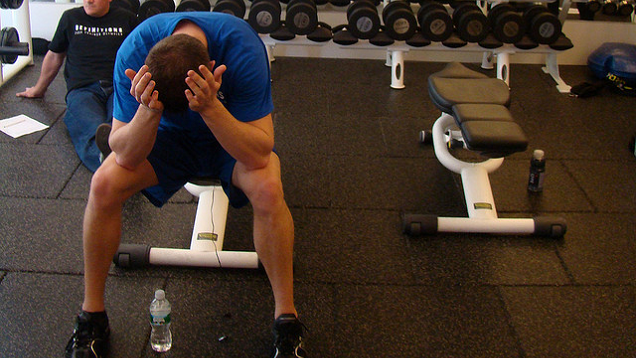
Injury possibilities largely depend on what your workouts entail, but there are a few areas of the human body that are more problematic than others. Parr and Aiken point out a few of the most common culprits:
- Strained back: This is the number one most likely injury. Many people have weak back muscles due to prolonged sitting at work or home, and come exercise time, people go too hard or too fast. Lift with your legs, not your back, and gradually strengthen your back muscles with low intensity exercises.
- Strained shoulder: Your shoulder joints have a large range of motion that allows injuries involving overuse and/or poor posture and technique. Dislocating your shoulder or damaging your rotator cuff can be severely detrimental. Do not push through pain — let your shoulder rest — and strengthen your shoulders with wall push-ups, shoulder presses, and elastic tube resistance training.
- ACL/PCL injuries: More common in athletes, but if you play any sports with jumping or rapid changing in direction, knee injuries like this are definitely a possibility. A tear in the Anterior Cruciate Ligament (ACL) or Posterior Cruciate Ligament (PCL) can take you off your feet for months, and may even require surgery.
- Runner’s knee: An irritation of the cartilage underneath your kneecap that makes up about 40 per cent of all running injuries. You can prevent this by strengthening your hip, glute and quad muscles, as well as shortening your stride.
- Achilles Tendinitis: Your tendon tightens and becomes irritated. You can reduce your risk of this by avoiding a dramatic increase in training and building strength in your calve muscles.
- Pulled or torn hamstring: This can be prevented by strengthening all muscles in your leg, especially your hamstrings. Hamstring issues are usually caused by weak, overly tight or imbalanced leg muscles.
Returning to your exercise routine after an injury is never easy, especially with a running injury, so prevention is of the utmost importance. Just because you hit the gym three times a week or go for a run every day doesn’t mean that you’re safe. Our experts emphasise that anyone could become injured at any time, but there are at least some important things you can do to reduce your risk of injury.
How to Avoid Injuries
Avoiding injuries comes down to a few key components. You want to see and feel results when you work out, but getting in shape takes time, so be patient. Whether the injury is a common one we listed or not, these general practices will help you avoid nearly all injuries:
The Truth About Stretching
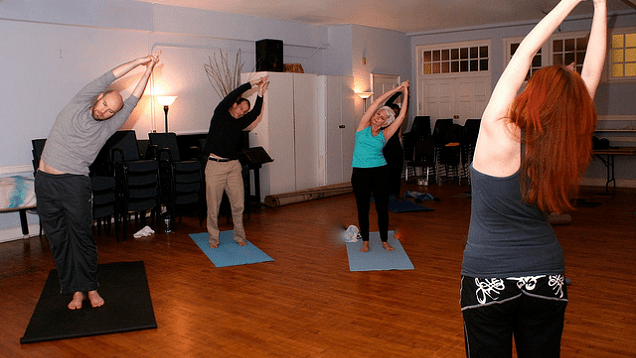
You’ve probably heard that stretching is the first thing you should do before exercising, but this is a common misconception. You stretch to loosen up your muscles and ligaments, but as Parr and Aiken explain, it’s not in the way you think:
Stretching is important for improving mobility, but not necessarily for injury prevention. For example, tight hamstrings can affect the alignment and movement of back muscles, which would make them more prone to injury. Muscles of the back can even affect even shoulder movement.
So, yes, stretching can be beneficial, but it’s not all it takes to prevent a strain or tear. Instead of stretching before you exercise, save it for after your warm up or even after your entire session. If you’re pulling something, it’s because you’re trying to do too much, too fast.
Focus On Building Your Strength Slowly
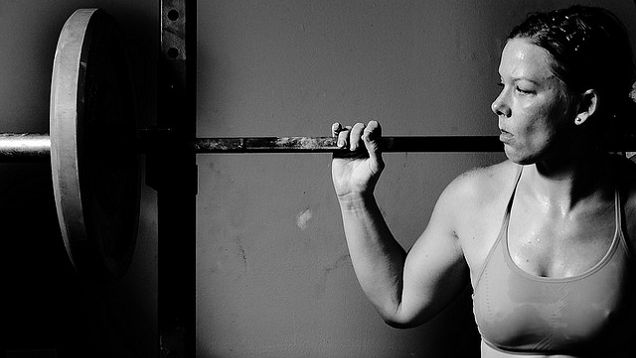
If your muscles are too weak, the simplest of exercises can push them too far and cause you serious problems or pain. Parr and Aiken explain that muscle strength is the most important aspect of prevention. Some are in more danger than others though:
Many exercise related injuries occur because of poor balance, and are common among older adults and people who are obese. This is due to poor muscle strength which can make maintaining balance difficult. It is also due to poor balance caused by excess body fat. People who are extremely deconditioned also have poor balance due to poor strength. Novice exercisers may be at increased injury risk because they may perform exercises improperly or simply overexert themselves.
If you work out regularly, you should still ease into new exercises and routines. Just because some of your muscle groups are strong doesn’t mean you can work other muscle groups just as hard. Build your strength slowly and safely. According to Parr and Aiken, the number one cause of injury is people doing too much too soon:
This is especially common among novice exercisers who don’t have enough experience to know how they should feel during and after a training session and therefore don’t recognise the signals that they are doing too much. Poor technique is another major factor that contributes to injuries during exercise.
Start at a lower intensity, especially if you’re new to exercise. Walking is safer than running, and resistance training is usually safer than free weights. If you’re going to lift weights, lifting light weights can build just as much muscle as heavier weights. Take it slow and build your way up to more intense exercise. The stronger you are, the less likely you’ll injure yourself.
Always Use the Proper Equipment and Technique
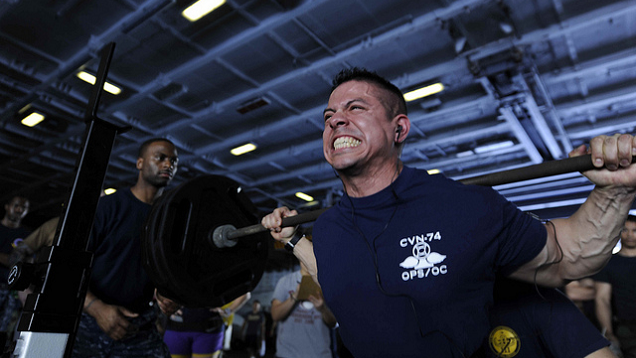
Even if you’re taking it slow, you need to do things the right way. You get very little benefit — if any — from bending the wrong way or forcing your muscles to do something they shouldn’t. The way you exercise, and what you exercise with, is critical according to Parr and Aiken:
As a rule, you don’t want to load a heavy weight or resistance on an incorrect movement. Learning the technique and the proper use of equipment should come first, before increasing the weight or intensity. For example, many people who do Olympic lifting learn the proper form and technique by starting with a broomstick. As they learn the technique they naturally build strength so they are ready to move on to heavier weights.
Take the time to research the proper techniques for the exercises you’re interested in. It doesn’t take long to learn the proper running technique, and learning the right way to hold weights — not gripping too tightly — doesn’t take long at all either. You can watch YouTube videos to check your form, and if you’re a gym member, you can talk to a trainer about your intensity and weight level. Reach out to the community — either in person or online — and keep informed on what can improve your workouts.
Parr and Aiken also clarify that your workout should never hurt you, despite what you may have heard:
Throw out old mantra of “no pain, no gain.” While some muscle soreness after exercise is normal, exercise itself shouldn’t hurt. In fact, it should be fun and enjoyable. If it’s a painful experience, you are doing it wrong!
The idea of “no pain, no gain” is a myth, and it’s one of the many exercise myths out there. It’s OK to challenge yourself, but don’t push too hard. Educate yourself on proper technique and be patient. Getting stronger or going faster takes time.
Let Your Body Recover

When you’re working your body, you need to give it time to rest and build back up. When it comes to giving your body a break, Parr and Aiken have a few suggestions:
Sleep and rest in general are essential for recovery from a workout. That time is also when many of the adaptations to training (muscle growth, for example) occur. Food provides both fuels for a workout. For example, carbohydrates you eat are stored in the muscle and liver and are used as fuel during exercise. Consuming carbohydrates (as in a sports drink) is important during very long endurance exercise (cycling, running for several hours). Protein is required to repair muscle damage that can occur during exercise and protein is absolutely required for muscle hypertrophy (increased size) following resistance training. Adequate hydration is important for everyone who exercises, but especially for people who do intense, prolonged exercise in a hot/humid environment.
Don’t skimp on sleep — it benefits your body and your brain — give your body the nourishment it needs to repair itself — even if you’re exercising to lose weight — and always drink plenty of water. Dehydration can affect your physical and mental state dramatically, as well as cause cramping in your muscles. A cramp at the wrong time could mean falling, tripping, or even dropping a weight leading to some nasty boo-boos. If you’re looking to recover from your workout faster, there are a few techniques out there, but time is your friend. Slow and steady wins the race to a healthier body.
Remember, no one is immune to injury. It only takes one to change everything for the worst, so take it slow building up strength, practice proper form with the right equipment, and let your body take as long as it needs to recover.
Dr Brian B. Parr is an Associate Professor in the Department of Exercise and Sports Science at the University of South Carolina Aiken. He is an American College of Sports Medicine (ACSM) certified Clinical Exercise Specialist, and has his own blog where he writes about exercise, nutrition and health issues. He also authors a regular health and fitness column for the Aiken Standard.
Brandon Aiken is the Head Athletic Trainer at the University of South Carolina Aiken and a Certified Strength and Conditioning Specialist.
They both graciously volunteered their expertise for this story, and we thank them.
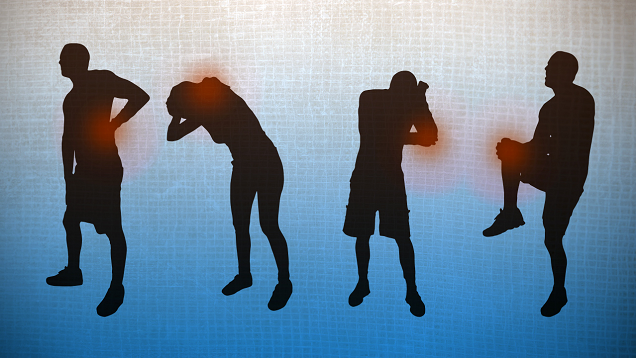
Comments
2 responses to “The Most Common Exercise Injuries (And How You Can Avoid Them)”
great write up. ive been doing adult gymanstics for the last 8 months and its amazing how much ive learnt about my body, what my limits are and what my body benefits from in regards to my back injury and how i can support it etc. it helps having someone that knows how all the muscles work together and what strength and stretching exercises to do to support weakened areas. i guess its also why pilates is good.
The gastrocnemius/soleus group is colloquially known as the calf muscle. Calve is a verb i.e.: a cow giving birth.